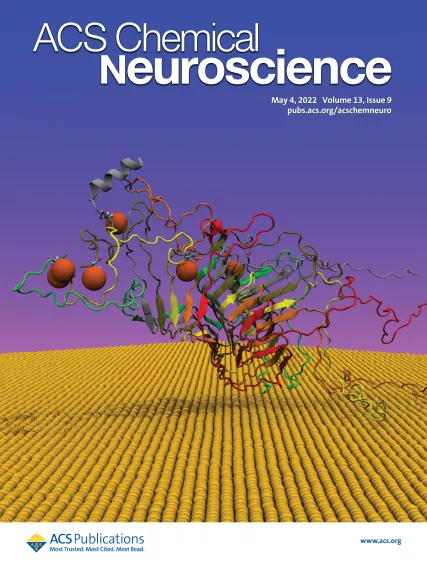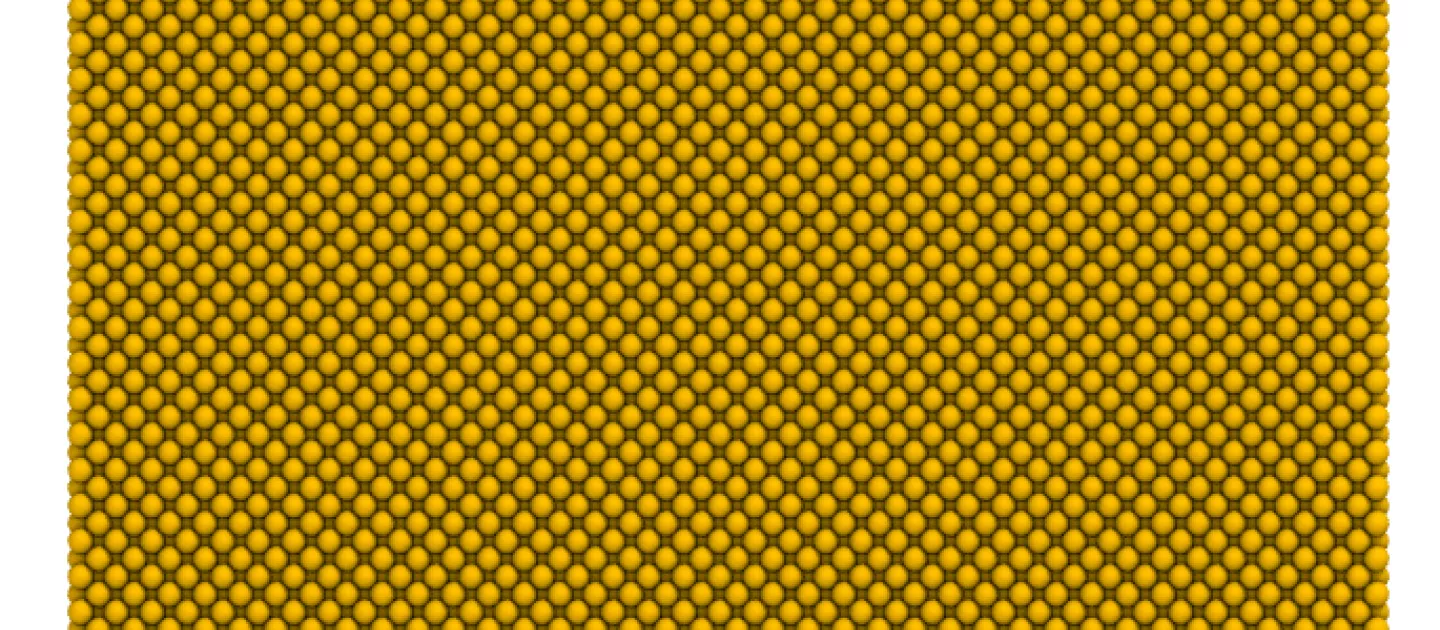A team from Empa led by Dr. Peter Nirmalraj and Prof. Damien Thompson in the Physics department at the University of Limerick was able to show how the α-Synuclein protein takes on an unusual shape when exposed to large amounts of copper ions. The findings could help develop new strategies for the treatment of Parkinson's disease.
Physicochemical modelling of copper-associated α-Synuclein protein aggregates revealed two distinct Parkinson’s disease-causing protein assembly populations at the gold-water interface. These copper-rich protofibrils seed the formation of annular ring-like deposits detected in the brain of Parkinson’s patients. The models were developed by Dr Shayon Bhattacharya with Prof Damien Thompson, SSPC Director and Modelling Theme Leader as part of SSPC Modelling research in neurodegeneration and the results were published this year in ACS Chemical Neuroscience (2022, vol. 13, pg. 1410) in collaboration with experimentalists at Empa in Switzerland led by TCD alumnus Peter Nirmalraj.
More information and source: https://www.empa.ch/web/s604/parkinson-diagnostik.

Cover art published in ACS Chemical Neuroscience journal (Volume 13, Issue 9) showing copper ions at an elevated concentration trigger annular α-synuclein oligomeric aggregates.

